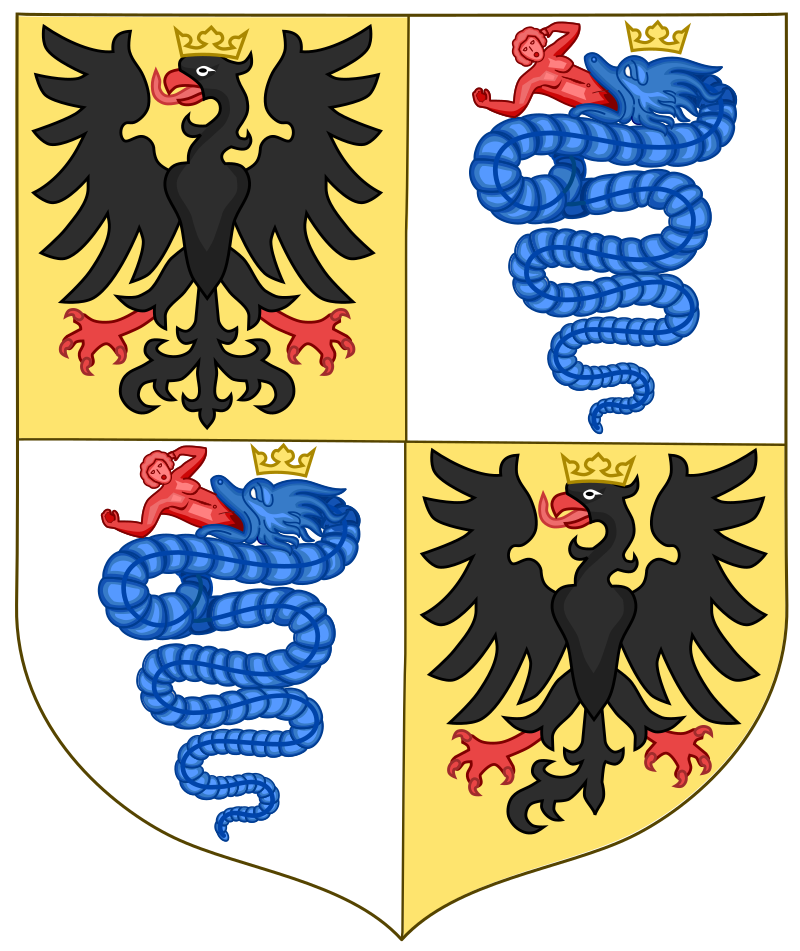
漢德百科全書 | 汉德百科全书
 Royalty
Royalty
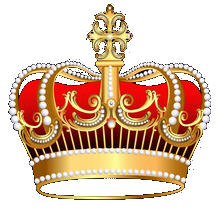





Königreich Preußen bezeichnet den preußischen Staat zur Zeit der Herrschaft der preußischen Könige zwischen 1701 und 1918.
Das Königreich Preußen entstand aus den brandenburgisch-preußischen Gebieten, nachdem sich Kurfürst Friedrich III. von Brandenburg zum König in Preußen gekrönt hatte (→ Königskrönung Friedrichs III. von Brandenburg). Durch diesen Vorgang wurde das von Friedrich beherrschte, aber im Gegensatz zu Brandenburg nicht zum Heiligen Römischen Reich gehörende Herzogtum Preußen zum Königreich erhoben. Der Name dieses Königreichs Preußen im engeren Sinne wurde in der Folgezeit zunehmend auf die Gesamtheit der Gebiete angewandt, die von den preußischen Königen beherrscht wurden, während das ursprüngliche Königreich nun Ostpreußen genannt wurde.[1]
Im 18. Jahrhundert stieg Preußen zu einer der fünf europäischen Großmächte auf und wurde die zweite deutsche Großmacht nach Österreich. Seit der Mitte des 19. Jahrhunderts trieb es die Schaffung eines deutschen Nationalstaates entscheidend voran und war ab 1867 der dominierende Gliedstaat des Norddeutschen Bundes. 1871 wurde dieser Bund zum Deutschen Kaiserreich umgestaltet und die Könige von Preußen übernahmen das Amt des Deutschen Kaisers. Mit der Abdankung des letzten Kaisers und Königs, Wilhelms II., infolge der Novemberrevolution 1918 wurde die Monarchie abgeschafft. Das Königreich ging im neu geschaffenen Freistaat Preußen auf.
プロイセン王国(プロイセンおうこく、独: Königreich Preußen)は、ホーエンツォレルン家の君主が統治したヨーロッパの王国。現在のドイツ北部からポーランド西部にかけてを領土とし、首都はベルリンにあった。
The Kingdom of Prussia (German: Königreich Preußen) was a German kingdom that constituted the state of Prussia between 1701 and 1918.[3] It was the driving force behind the unification of Germany in 1871 and was the leading state of the German Empire until its dissolution in 1918.[3] Although it took its name from the region called Prussia, it was based in the Margraviate of Brandenburg, where its capital was Berlin.
The kings of Prussia were from the House of Hohenzollern. Prussia was a great power from the time it became a kingdom, through its predecessor, Brandenburg-Prussia, which became a military power under Frederick William, known as "The Great Elector".[4][5][6][7] Prussia continued its rise to power under the guidance of Frederick II, more commonly known as Frederick the Great, who was the third son of Frederick William I.[8] Frederick the Great was instrumental in starting the Seven Years' War, holding his own against Austria, Russia, France and Sweden and establishing Prussia's role in the German states, as well as establishing the country as a European great power.[9] After the might of Prussia was revealed it was considered as a major power among the German states. Throughout the next hundred years Prussia went on to win many battles, and many wars.[10] Because of its power, Prussia continuously tried to unify all the German states (excluding the German cantons in Switzerland) under its rule, although whether Austria would be included in such a unified German domain was an ongoing question.
After the Napoleonic Wars led to the creation of the German Confederation, the issue of more closely unifying the many German states caused revolution throughout the German states, with each wanting their own constitution.[3] Attempts at creation of a federation remained unsuccessful and the German Confederation collapsed in 1866 when war ensued between its two most powerful member states, Prussia and Austria. The North German Confederation, which lasted from 1867 to 1871, created a closer union between the Prussian-aligned states while Austria and most of Southern Germany remained independent.[3] The North German Confederation was seen as more of an alliance of military strength in the aftermath of the Austro-Prussian War but many of its laws were later used in the German Empire. The German Empire lasted from 1871 to 1918 with the successful unification of all the German states under Prussian hegemony.[3] This was due to the defeat of Napoleon III in the Franco-Prussian War of 1870–71. The war united all the German states against a common enemy, and with the victory came an overwhelming wave of nationalism which changed the opinions of some of those who had been against unification. In 1871, Germany unified into a single country, minus Austria and Switzerland, with Prussia the dominant power.[3]
Prussia is considered the legal predecessor of the unified German Reich (1871–1945) and as such a direct ancestor of today's Federal Republic of Germany.[3] The formal abolition of Prussia, carried out on 25 February 1947 by the fiat of the Allied Control Council referred to an alleged tradition of the kingdom as a bearer of militarism and reaction, and made way for the current setup of the German states. However, the Free State of Prussia (Freistaat Preußen), which followed the abolition of the Kingdom of Prussia in the aftermath of World War I, was a major democratic force in Weimar Germany until the nationalist coup of 1932 known as the Preußenschlag.[citation needed] The Kingdom left a significant cultural legacy, today notably promoted by the Prussian Cultural Heritage Foundation (Stiftung Preußischer Kulturbesitz (SPK)), which has become one of the largest cultural organisations in the world.[11]
Le royaume de Prusse (en allemand : Königreich Preußen) est un État européen formé en 1701 et intégré en 1871 à l'Empire allemand, dont il est la composante principale ; il disparaît en 1918 lorsque l'Allemagne devient une république.
Le royaume de Prusse devient un État de rang européen sous le règne de Frédéric II (1740-1786), jouant un rôle essentiel de 1792 à 1815 comme adversaire de la France (guerres de la Révolution et de l'Empire), de 1815 à 1866 comme adversaire de l'Autriche (unification de l'Allemagne excluant l'Autriche), et en 1870-71 à nouveau comme adversaire de la France (guerre franco-prussienne).
Il Regno di Prussia (in tedesco: Königreich Preußen) è stato un regno tedesco esistito dal 1701 al 1918. Alla caduta della monarchia in Germania, alla fine della prima guerra mondiale, il regno costituiva circa i due terzi dell'Impero tedesco.
Sin dal 1618 l'Elettorato di Brandeburgo ed il Ducato di Prussia erano governati in unione personale dalla famiglia degli Hohenzollern ("Brandeburgo-Prussia"). Con la Pace di Vestfalia (1648), l'elettore Federico Guglielmo Hohenzollern viene riconosciuto dall'imperatore come principe di Prussia (Princeps ex Prussia). Nel corso della Prima Guerra del Nord, il Trattato di Labiau ed il Trattato di Wehlau garantirono agli Hohenzollern la sovranità sul ducato prussiano (1656). Nel 1660 è sciolto ogni vincolo feudale che la Prussia aveva con i re polacchi, acquistando successivamente le terre poste sulla riva sinistra dell'Oder ed il pedaggio fluviale a Kolberg. Nel 1691 acquista la signoria di Tauroggen, exclave in Lituania, grazie al matrimonio tra il margravio Ludovico e la principessa Ludovica Carolina Radzwill. In cambio dell'alleanza contro la Francia nella Guerra di successione spagnola, all'elettore Federico III fu riconosciuto il titolo di "Re di Prussia" col nome di Federico I nel 1701. Giuridicamente, all'interno del Sacro Romano Impero non potevano esistere altri regni all'infuori di quello di Boemia che apparteneva all'Imperatore. Ad ogni modo Federico accettò che la Prussia fosse sottoposta al rapporto feudale con l'imperatore del Sacro Romano Impero pur mantenendone la piena sovranità de facto. Il titolo di "Re in Prussia" (Rex in Prussia) venne adottato per definire i monarchi prussiani in quanto la Prussia continuava appunto ad essere parte dell'Impero. Il titolo non venne mutato in quello di "Re di Prussia" (Rex Prussiae) che nel 1772.
El Reino de Prusia (en alemán: Königreich Preußen) fue un Estado europeo que existió desde 1701 hasta 1918. Gobernado durante toda su existencia por la rama franconiana de la dinastía Hohenzollern, originalmente estaba centrado en Brandeburgo-Prusia. No obstante, y principalmente gracias a su poderío militar, logró expandirse territorialmente. Al acabar la guerra austro-prusiana había alcanzado la hegemonía total sobre el norte de Alemania. En 1871, después de la guerra franco-prusiana, se proclamó el Imperio alemán, momento en el cual Prusia alcanzó su máxima extensión territorial. Aunque junto con otros reinos germanos pasó a formar parte del nuevo Estado alemán, era, con mucho, el más grande e importante, abarcando más de la mitad de la superficie del Imperio, unos 348 780 km² en 1910. Al contar con la mayor economía y el mayor ejército de Alemania, Prusia garantizó su hegemonía política; los reyes de Prusia fueron también emperadores alemanes. En 1918, al ser derrotada Alemania en la Primera Guerra Mundial, una revolución socialista derrocó a la monarquía y el reino se convirtió en el Estado Libre de Prusia, un estado federado dentro de la nueva República alemana.
Короле́вство Пру́ссия (нем. Königreich Preußen) — обозначение Прусского государства в период 1701—1918 годов во время правления прусских королей. С 1871 года Прусское королевство стало ведущим государством провозглашённой Германской империи, занимая почти две трети всей её площади, а прусские короли, произошедшие из бранденбургской династии Гогенцоллернов, одновременно занимали общегерманский трон. По сложившимся историческим событиям, королевство было провозглашено на территории Прусского герцогства, хотя его ядром стал Бранденбург. В связи с этим фактической столицей королевства был бранденбургский Берлин, хотя коронации традиционно проводились в исторически прусском Кёнигсберге.

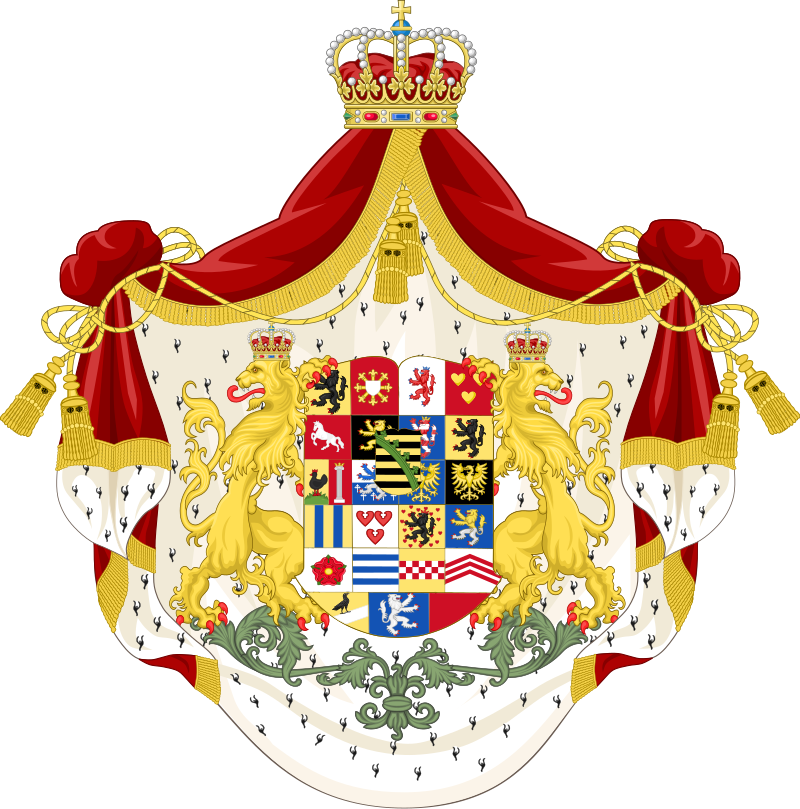
萨克森-科堡-哥达王朝(英语:Saxe-Coburg and Gotha,德语:Sachsen-Coburg und Gotha)是一个源自德国,曾经统治萨克森-科堡-哥达公国(1826年-1918年)、比利时(1831年至今)、葡萄牙(1853年-1910年)、保加利亚(1887年-1946年)和英国(1901年-1917年)的欧洲王室。
Das Haus Sachsen-Coburg und Gotha ist eine deutsche Adelsfamilie, eine jüngere Seitenlinie der ernestinischen Wettiner. Der Name stammt vom Herzogtum Sachsen-Coburg und Gotha, das auf dem Gebiet der heutigen Länder Thüringen und Bayern gelegen ist und von der Familie von 1826 bis 1918 regiert wurde. Durch Wahl und eine geschickte Heiratspolitik gelangten Mitglieder der Fürstenfamilie aus dem politisch weitgehend unbedeutenden Sachsen-Coburg-Gotha auf eine Reihe europäischer Throne, womit die Familie europaweit Bedeutung erlangte. Heute regieren Mitglieder des Hauses noch in Belgien und im Vereinigten Königreich, im letzteren allerdings seit 1917 unter dem Namen Haus Windsor.

Das Haus Savoyen ist eine Dynastie, die seit dem Hochmittelalter über die Territorien Savoyen und Piemont herrschte und von 1861 bis 1946 die Könige Italiens stellte.
Zeitweise regierte das Herrschergeschlecht auch über Teile der Westschweiz, die Grafschaft Nizza, das Aostatal und Sardinien.
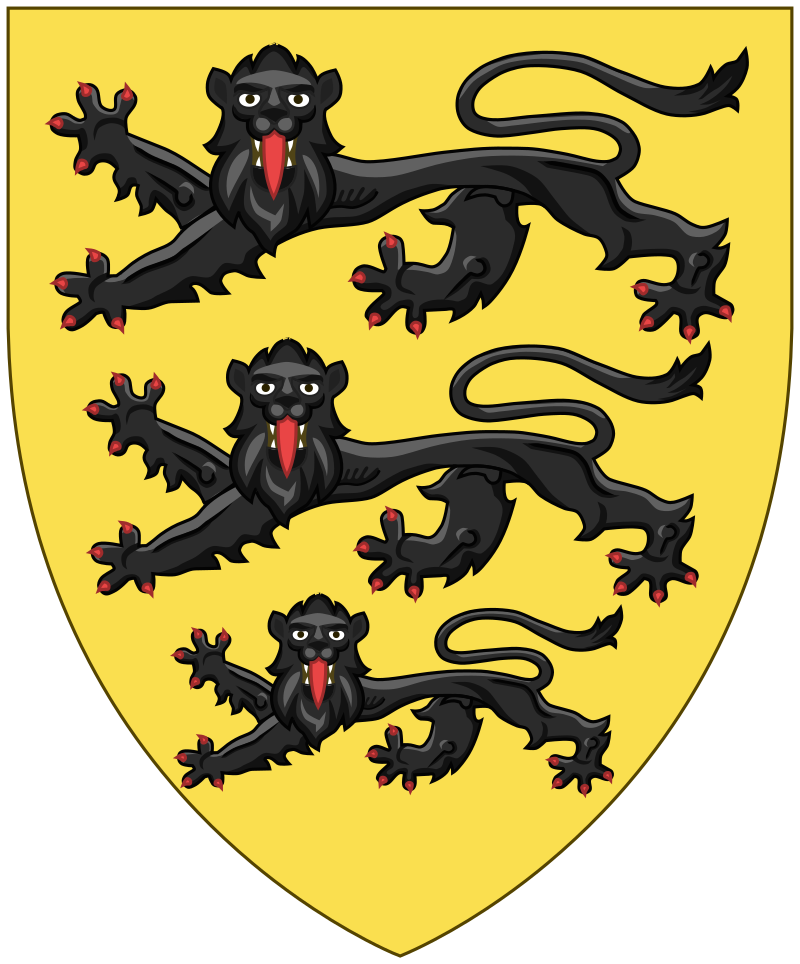
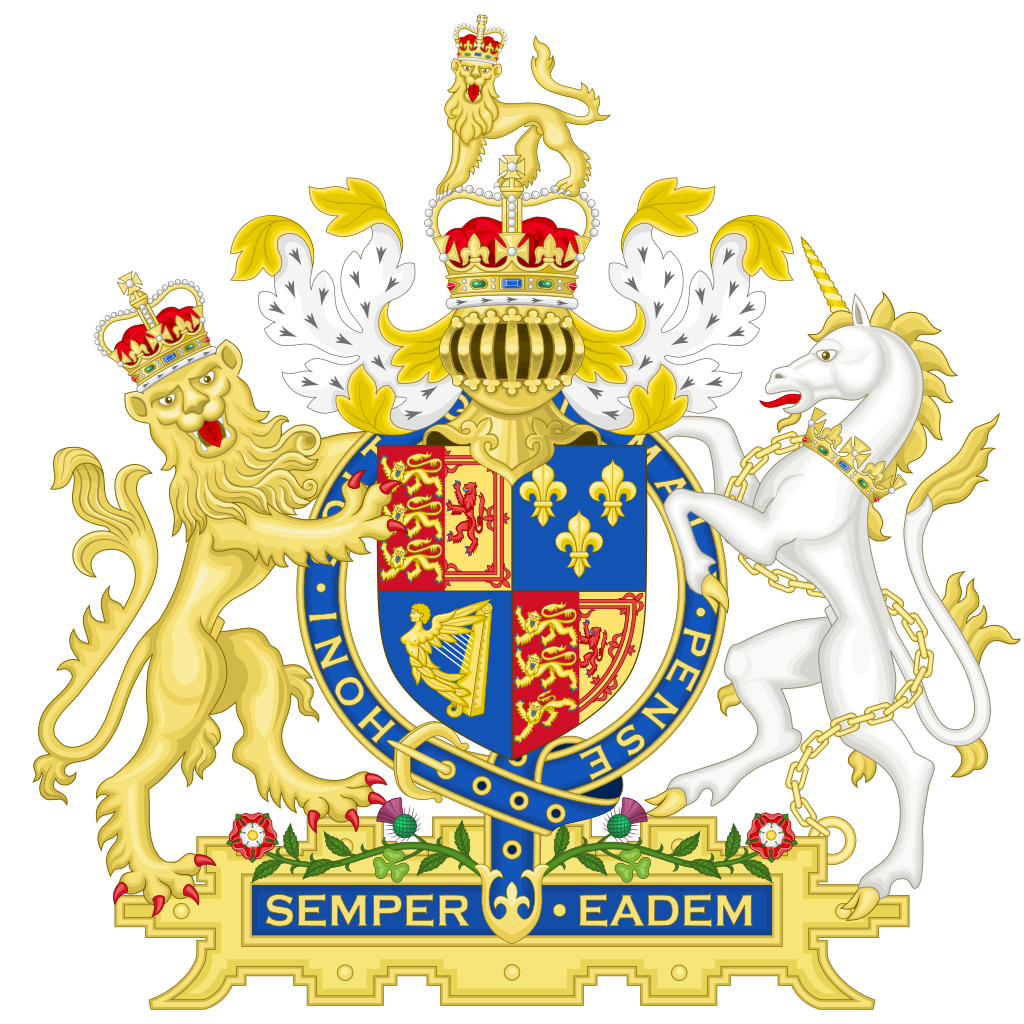
Das Haus Stewart (auch Clan Stewart) ist eine schottische Adelsfamilie. Die Hauptlinie der Familie stellte von 1371 bis 1587 die Könige von Schottland. Danach fiel die schottische Krone durch Ehe an eine Nebenlinie desselben Hauses, die Haus Stuart genannt wurde und ab 1603 in Personalunion auch die Könige von England und Irland stellte. Das königliche Haus Stuart wurde 1714 durch das Haus Hannover auf dem britischen Thron abgelöst und starb 1807 im Mannesstamm aus. Ältere Seitenlinien und Bastardlinien existieren bis heute.
斯图亚特王朝(英语:The House of Stuart;盖尔语:Siol Na Stiubhartaich),“斯图亚特”一词最初的拼写为"Stewart",是1371年至1714年间统治苏格兰和1603年至1714年间统治英格兰和爱尔兰的王朝。其王室成员的祖先可以追溯至公元11世纪法国布列塔尼的地方贵族。斯图亚特是第一个成功统治整个不列颠群岛的王室。但统治权实际上不太稳定,经历数次革命,两位君主被革命所推翻。同时由于斯图亚特王室的罗马天主教背景,导致基督新教徒为主的英格兰民众经常质疑君主的宗教倾向,令不列颠群岛的不稳定因素增加不少。不过,这些因素促使英国议会权力愈来愈大,使英国最早成为议会制国家,也使英国的民主步伐领先于欧陆诸国。


Das Königreich der Sueben (auch Reich der Sueben, lateinisch Regnum Gallaecia) war eine Reichsbildung der Völkerwanderungszeit – eine der ersten, die sich vom Römischen Reich lossagte. Das Regnum wurde auf dem Gebiet der vormaligen römischen Provinzen Gallaecia und dem nördlichen Teil von Lusitania errichtet. Um 410 wurde es von dem es tragenden Kriegerverband der germanischen Sueben als eigener Herrschaftsbereich etabliert, trat aber erst im Verlauf des 6. Jahrhunderts als Königreich in Erscheinung. Es bewahrte sich bis ins Jahr 585 seine Unabhängigkeit vom Westgotenreich. Das Königreich der Sueben wurde von den Westgoten erobert und als sechste Provinz in das toledanische Westgotenreich eingegliedert.
苏维汇王国(拉丁語:Regnum Suevorum),又名加利西亚王国(拉丁语:Regnum Galicia)。是由日耳曼人建立的后罗马王国,是最早脱离罗马帝国的王国之一。其疆域为罗马帝国时期的加莱西亚行省和卢西塔尼亚北部,由苏维汇人于公元409年建立,苏维汇王国独立一直维持至585年,被西哥特王国所灭,成为西哥特王国在西班牙的第6个行省。

 History
History
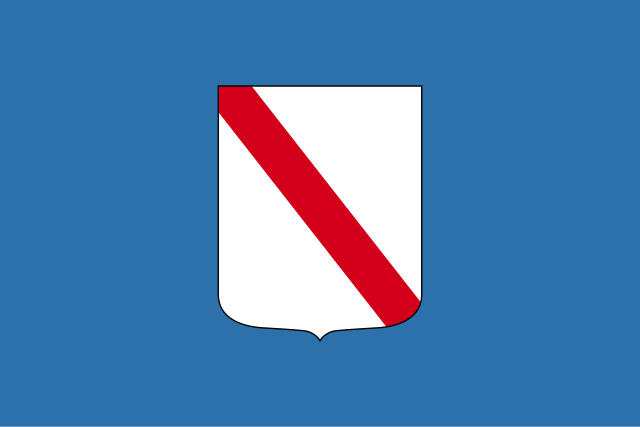 Campania
Campania

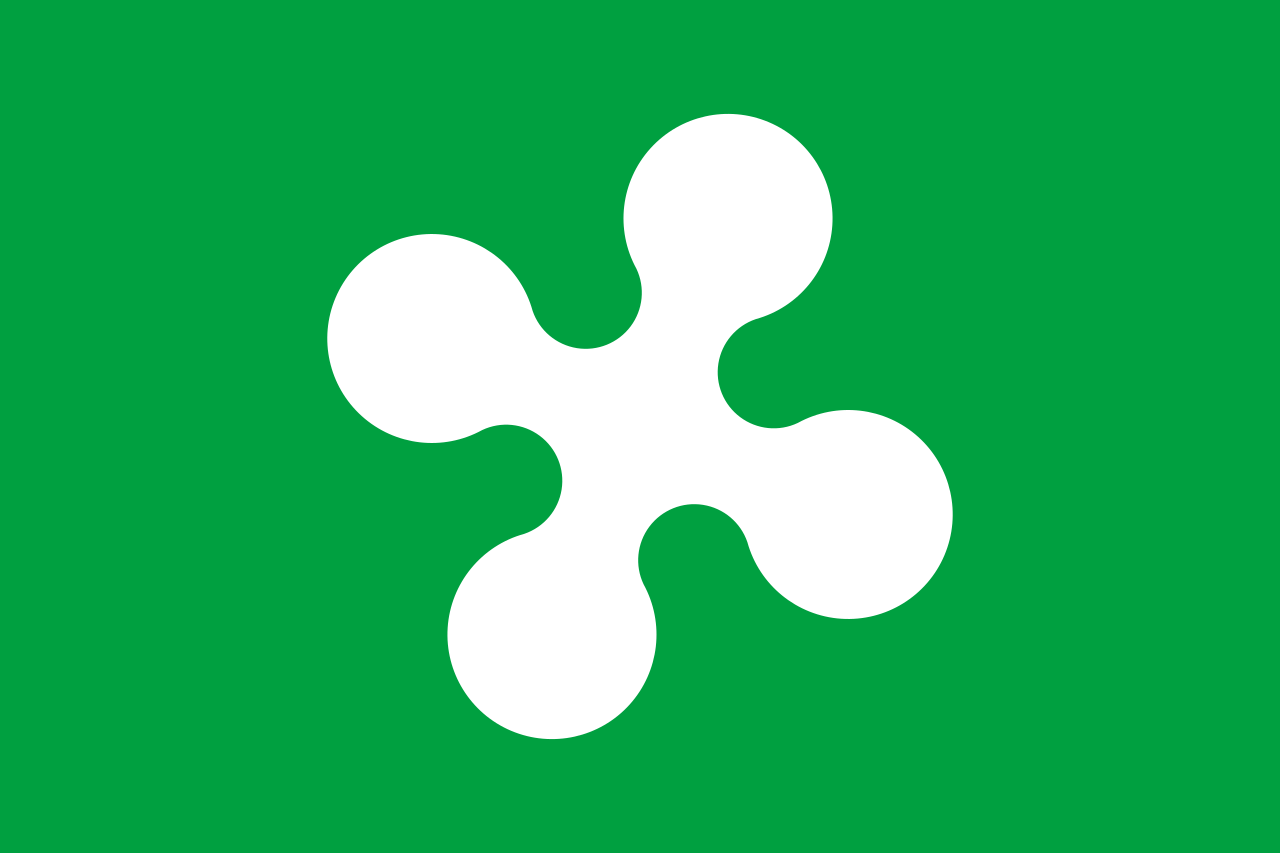 Lombardia
Lombardia
